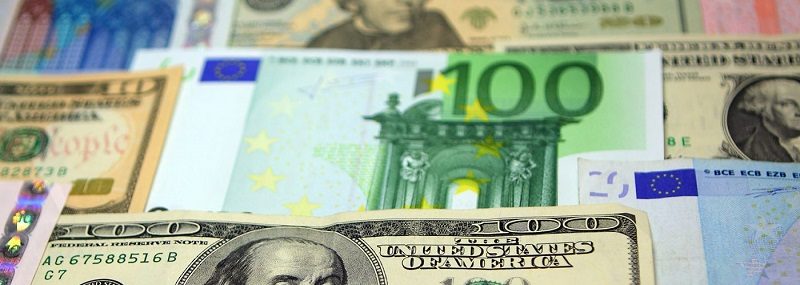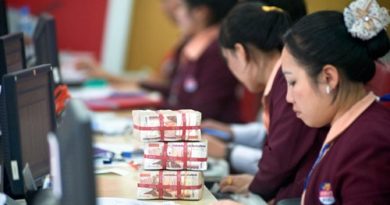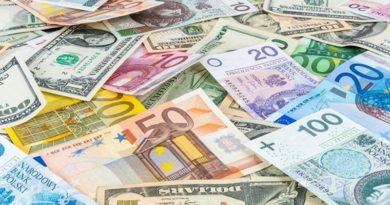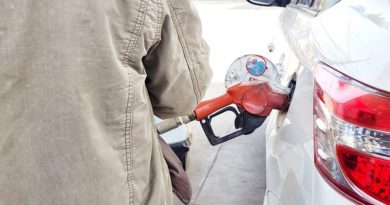Kip Weaker Against Thai Baht, US Dollar
Source: Vientiane Times
There is growing concern about the strengthening of the Thai baht and US dollar against the Lao kip.
The value of the kip against the US dollar fell by 0.9 percent and by 3.5 percent to the baht over the four months from January this year, according to a report from Minster of Planning and Investment Dr Souphan Keomixay which was delivered at the government meeting with provincial governors last week.
The two main foreign currencies used in Laos have continued to gain strength since the beginning of this year due to measures taken with regard to foreign currency management, the rising price of fuel on the world market, and fluctuating international exchange rates.

According to rates set by the Banque pour le Commerce Exterieur Lao Public (BCEL), the leading commercial bank in Laos, at the start of this year the bank was buying 8,545 kip per US$1 and selling 8,550 kip per dollar. But on July 1 the exchange rate indicated that the dollar was stronger, with buying and selling rates of 8,641 kip and 8,658 kip respectively.
In addition, the baht has also strengthened – a position it has maintained since January. In the first week of January, one baht bought 263.09 kip and sold for 265.06 kip. But on July 1 the buying and selling rates were 286.59 kip and 288.75 kip respectively.
There have also been fluctuations in the exchange rates of other currencies, but these have only been minor.
The weakening kip means that banks, traders and the general public have to keep a close eye on fluctuations in exchange rates because the impacts may become more widespread and lead to increasing inflation as a result of rising prices, which is a key player in the country’s financial situation and affects not only the economy but people’s spending power.
The growing demand for foreign currencies is causing some traders and service providers to take advantage of the situation by quoting prices in baht or dollars. But when charging in kip they pay out in a lot of kip according to market rates.
According to the report from the Ministry of Planning and Investment, the difference in the exchange rate between the market and banks is 2.3 percent for the dollar and 0.8 percent for the baht.
Up until May, the inflation rate stayed at 1.9 percent, which was below the ceiling (not exceeding 5 percent of the plan).
One businesswoman, Ms Valy Vetsaphong, has called for banks, financial institutions, exchangers and the public to work together to stop people taking advantage of the weaker kip by speculating on changing values against other currencies. At the same time, shoppers are being encouraged to spend more in Laos rather than outside the country to ensure that more money stays within Laos’ economy. Unless these steps are taken, it could become more difficult to resolve the problem.
Ms Valy, who is Vice President of the Lao National Chamber of Commerce and Industry and a member of the National Assembly, has also urged customs officials to prevent illegal imports in order to assist legal business operations and domestic farmers.
“Right now, we need everyone to band together urgently. All of those who are aware of the problem must sit down and take steps to resolve the issue in order to boost the economy,” she said.




